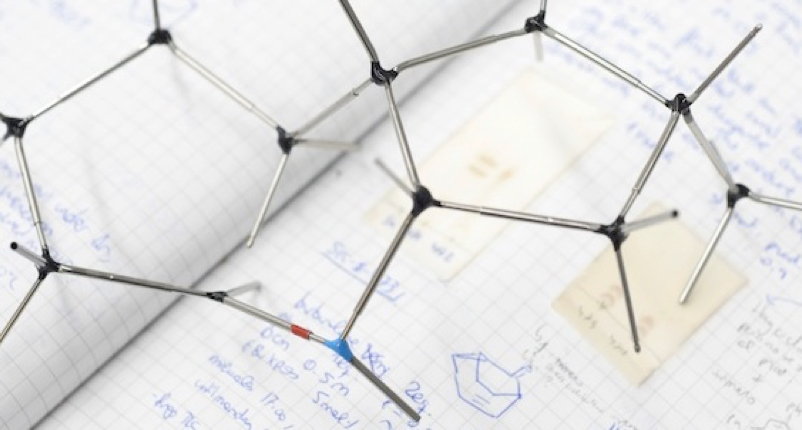Evidence of bifunctionality of carbons and metal atoms in catalyzed acetylene hydrochlorination
Carbon supports are ubiquitous components of heterogeneous catalysts for acetylene hydrochlorination to vinyl chloride, from commercial mercury-based systems to more sustainable metal single-atom alternatives. Their potential co-catalytic role has long been postulated but never unequivocally demonstrated. Herein, we evidence the bifunctionality of carbons and metal sites in the acetylene hydrochlorination catalytic cycle. Combining operando X-ray absorption spectroscopy with other spectroscopic and kinetic analyses, we monitor the structure of single metal atoms (Pt, Au, Ru) and carbon supports (activated, non-activated, and nitrogen-doped) from catalyst synthesis, using various procedures, to operation at different conditions. Metal atoms exclusively activate hydrogen chloride, while metal-neighboring sites in the support bind acetylene. Resolving the coordination environment of working metal atoms guides theoretical simulations in proposing potential binding sites for acetylene in the support and a viable reaction profile. Expanding from single-atom to ensemble catalysis, these results reinforce the importance of optimizing both metal and support components to leverage the distinct functions of each for advancing catalyst design. Carbon is a key support for metal-catalyzed acetylene hydrochlorination to vinyl chloride but its role remains elusive. Here, the authors, by means of operando spectroscopy, demonstrate the co-catalytic function of neighboring carbon and isolated metal atoms, constituting the active ensemble.

Giulimondi, V.; Ruiz-Ferrando, A.; Giannakakis, G.; Surin, I.; Agrachev, M.; Jeschke, G.; Krumeich, F.; López, N.; Clark, A. H.; Pérez-Ramírez, J
Nat. Commun. 2023, 14 (1), 5557
DOI:
10.1038/s41467-023-41344-0

Let's create a brighter future
Join our team to work with renowned researchers, tackle groundbreaking
projects and contribute to meaningful scientific advancements



















